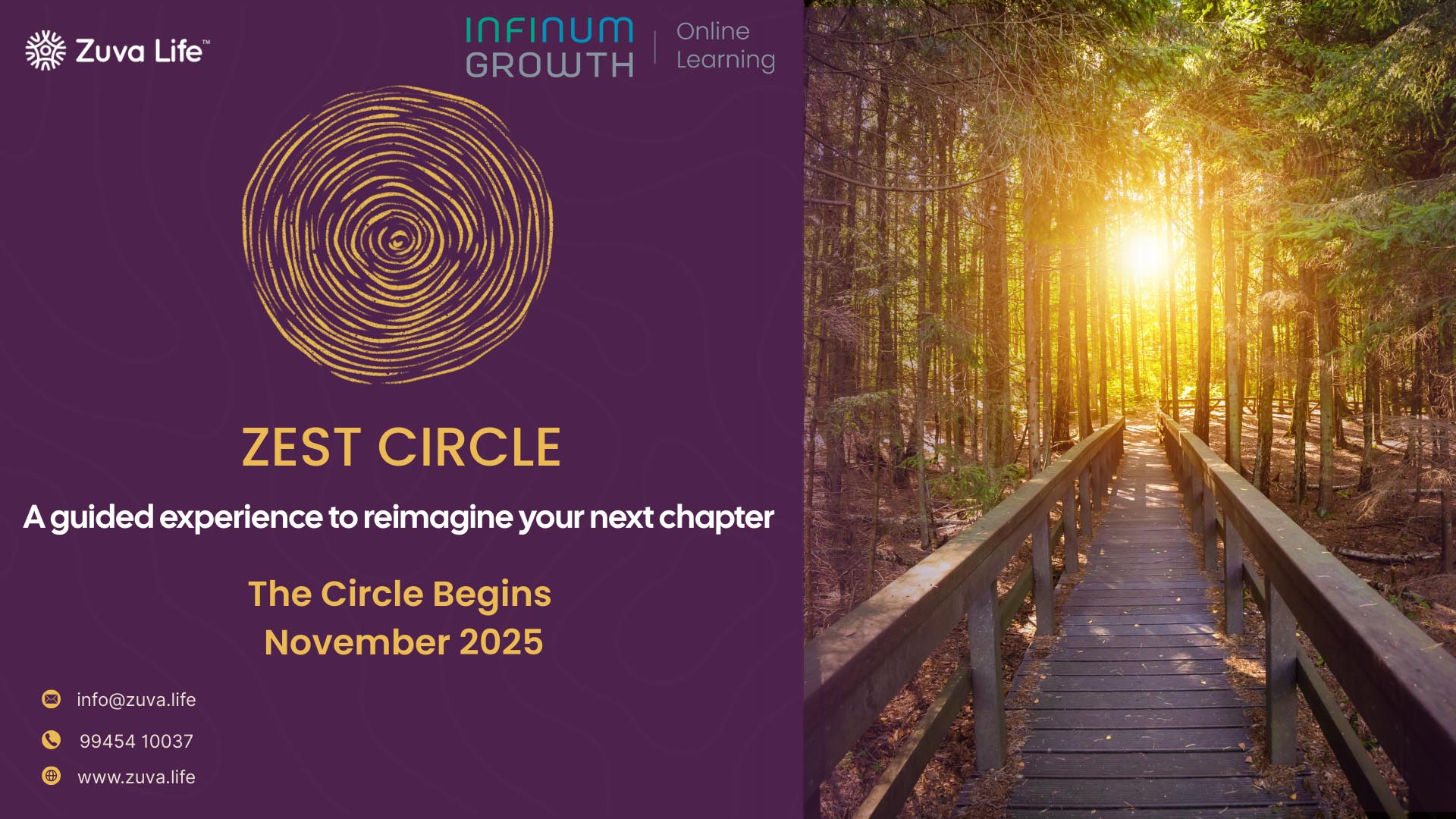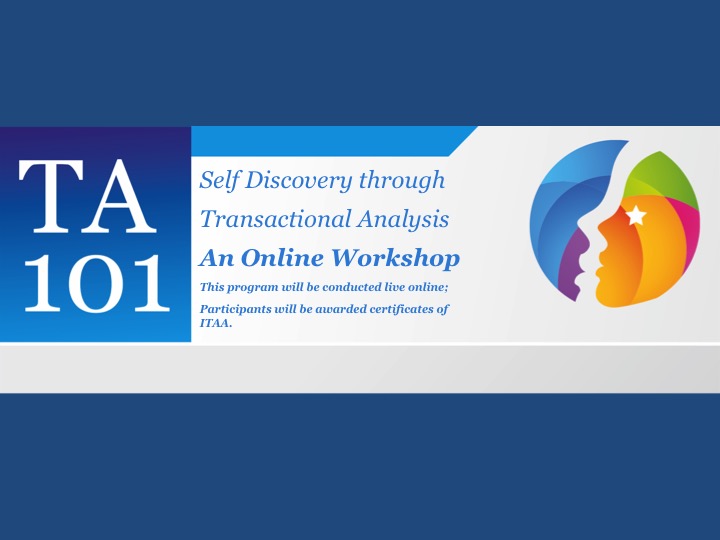The word Play invokes images of children—carefree, laughing, imaginative. As adults, we often forget that, we too, have an innate capacity for play. Somewhere between growing up, meeting expectations and carrying responsibilities, we are conditioned to tuck away that part of ourselves. Yet, in my years as a play therapist—and through my own personal journey—I’ve come to see that play is not a frivolous activity; it is a profound way of getting to know ourselves more deeply.
Rediscovering Play as an Adult
My relationship with play has been both professional and personal. As a certified Play Therapist, I started out by using play to help children express, what they could not articulate in words. But over the years, I realized that the process is transformative for adults as well—especially those of us who have forgotten how to be spontaneous.
When I went through some of the most painful chapters of my life—moments of grief, loss and self-doubt— it was play that helped me reconnect with parts of myself I thought were lost. In the sand tray, as I watched my clients move miniature figures around, I wasn’t just facilitating therapy; I was finding fragments of my own story. In moments of deep silence, I saw how my inner child longed not for perfection, but for permission—to feel, to be curious, to create without fear of judgment.
Play became my bridge back to self-awareness.
How Play Awakens Self-Awareness
Play allows us to experiment safely, without the pressure of getting it “right.” Whether through art, music, movement, games or even imaginative daydreaming, play helps us notice the subtle patterns that shape our inner world. Here are three key benefits that Play provides –
- It reveals our patterns. When we engage in play, we unconsciously reenact familiar roles— caretaker, controller, peacemaker, rebel. Watching ourselves play gives us clues to the kind of archetypes we have internalised in order to navigate real life.
- It connects us with our emotions. Many adults are disconnected from their feelings. Through playful expression, emotions surface naturally—without force or fear. We begin to name them; and in doing so, we reclaim them.
- It integrates our inner child and inner adult. For me, play became a conversation between the little girl who sought approval and the grown woman learning to stand in her power. This inner dialogue, expressed through creative mediums, is healing and deeply self-affirming.
From Awareness to Growth
Once we begin to see ourselves more clearly, growth follows. Play is not just a mirror—it’s a rehearsal space for change.
Play…
- …stretches our identity. Through play, we step into roles or possibilities that our rational minds might dismiss. I remember role-playing a confident, assertive woman, long before I could embody her in real life. Eventually, I grew into that imagined version of myself.
- …builds resilience. Play is unpredictable. It teaches us to improvise, to laugh at mistakes, to recover from setbacks. As I healed from personal losses, I found that play helped me find a balance between control and surrender—an essential part of resilience.
- …fosters self-compassion. There is no failure in play, only exploration. For someone like me, who once carried heavy self-expectations, this realization was liberating. I learned to approach myself with gentleness and humour, not criticism.
Bringing Play into Everyday Life
A therapy room or sand tray are not necessary to bring playfulness into your life. Here are a few simple ways to start:
- Create small pockets of imagination. Sketch a feeling. Build something using clay. Dance to a song that makes you feel alive. Don’t judge—just experience.
- Ask reflective questions. After a playful activity, ask: How did that feel? What did I notice about myself? Reflection turns play into insight.
- Play with your story. Reimagine a past experience through metaphor or art. Sometimes, rewriting your inner narrative begins with playfully retelling the story another way.
- Engage curiously in daily tasks. Instead of reacting from habit, pause and ask, What else could this mean? What would happen if I tried something different?
The Therapist Who Found Herself Through Play
For years, my focus was on helping children heal. But as I journeyed inward, I realized that adults too, need a space to play—to unlearn, to release, to rediscover joy.
Today, I work increasingly with adults, using the same non-directive play principles that once guided my work with children. I see play as a gentle yet powerful doorway to authenticity. It allows us to engage the parts of ourselves that logic cannot reach.
Each time I enter the world of play—whether through sand, story or sound—I find something new about myself: a hidden strength, an unmet need, a forgotten dream. In that sense, play has been not only my profession but also my healing companion.
A Closing Thought
In a world that values productivity over presence, play reminds us to slow down, to feel, to be.
It helps us listen—to our hearts, our bodies, our inner wisdom. Through play, we discover who we are and we gently grow into who we’re meant to become.
So perhaps the next time life feels heavy, pause and ask: What would my playful self do right now? You might just find that the answer holds the key to your next step in growth.
Please do leave your comments at the bottom and do share with others if you like this article.
















Excellent article. Insightful. Would like to know how you actually use it. Share a case study
Hi Dr. Meenu, play therapy is based on neuroscience and is evidence-based. It relies on Jungian principles and follows Virginia Axline’s framework. A simple example would be – an angry child goes into sympathetic nervous system activation (fight response). Play signals safety and helps the child to downshift from the hyperaroused state into a calmer mode called “ventral vagal” state of the nervous system (parasympathetic – rest and digest state). Hope this helps!
Thought provoking article. Inspires me to know more about play therapy. As always, great work Mina.